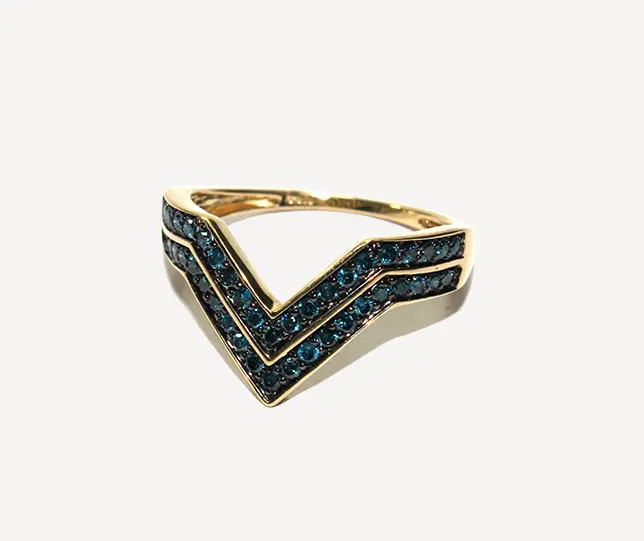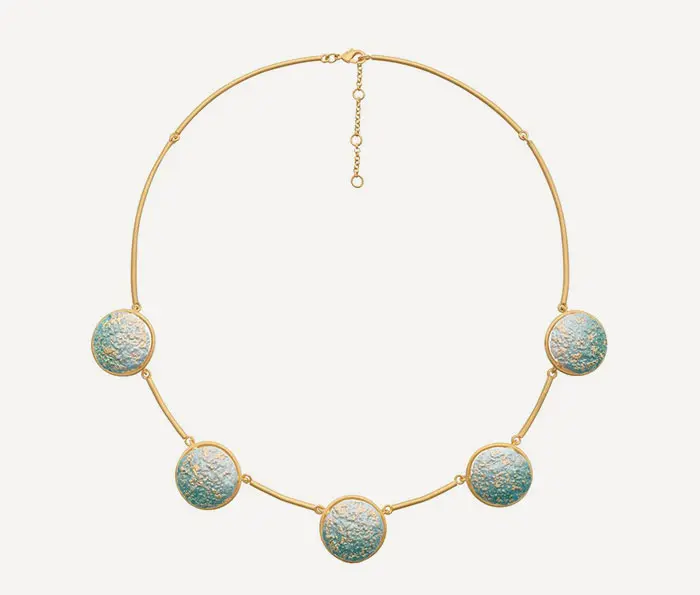Tourmaline Gemstone: Nature's Colorful Wonder

Tourmaline Gemstone: Nature's Colorful Wonder
This one-page report provides a concise overview of the tourmaline gemstone, highlighting its diverse characteristics, geological origins, historical significance, value factors, and sustainability considerations.

Characteristics
Tourmaline is a fascinating gemstone celebrated for its remarkable range of colors. It belongs to the boron silicate mineral group and comes in various colors, including pink, green, blue, red, and multicolored varieties. These vibrant hues result from differences in chemical composition and trace elements. Tourmaline’s hardness typically ranges from 7 to 7.5 on the Mohs scale, making it suitable for jewelry use.

history
Tourmaline has a long history dating back centuries, often associated with various legends and mystical beliefs. Ancient civilizations believed tourmaline to be a magical stone with protective properties. In the 18th century, it gained popularity in Europe when Dutch traders introduced colorful tourmaline gemstones from Sri Lanka.
Geological Origins:
Tourmaline is found in numerous locations worldwide, including Brazil, Afghanistan, Madagascar, Nigeria, and the United States. Its geological formation occurs in pegmatite veins, often associated with other minerals like quartz and feldspar. Brazil, in particular, is known for producing a wide range of tourmaline colors, while Afghanistan is celebrated for its fine-quality blue tourmaline, known as indicolite.







